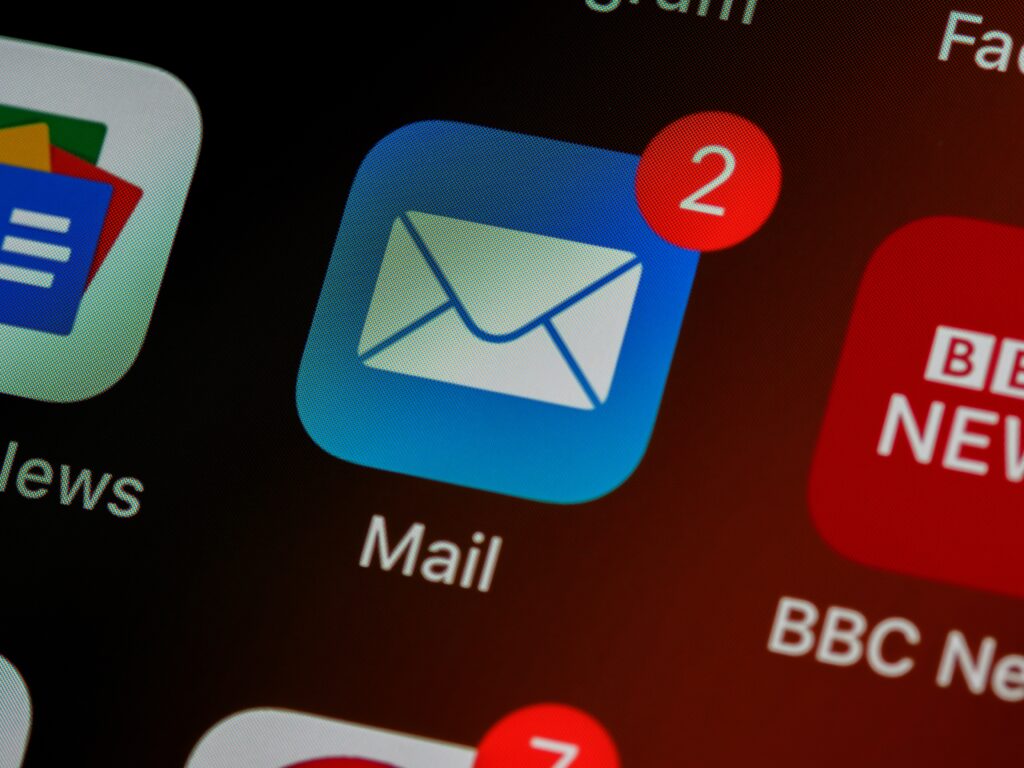
There’s no denying that psychology plays a significant part in marketing. After all, if you want to appeal to your target audience, you have to understand how they think, behave, speak, what they value, and their personality types.
This information will then give you an idea of what makes them tick and how to make yourself appear attractive in their eyes. Think of it as you’re a public speaker. If you don’t know how to attract, maintain your audience’s attention and appear relatable to them, chances are that you’ll not get the message across. The same thing goes with marketing.
But, just like marketing, psychology also branches out into multiple types. So what does cognitive psychology have to do with email marketing? Let’s take a look at the first 5 tips that will make your email campaign even better in this article. And if you want to take your email strategy to the ultimate level using cognitive psychology, stay tuned for part 2 – it’s coming soon!
Let’s take a look.
What Is Cognitive Psychology?
Cognitive psychology studies internal mental processes, like memory, perception, language use, attention, reasoning, problem-solving, reasoning, and creativity.

In other words, cognitive psychology looks at how people think. More specifically, how they acquire, process, and store information.
That’s what makes it so valuable for email marketing. As people’s inboxes are often flooded, and as the average reading time of an email is around 8 seconds, you’ve got a short amount of time to attract users’ attention and compel them to take action.
That said, cognitive psychology can help you craft a more powerful message, get it across more effectively, and ultimately boost your email campaign’s success.
Let’s see how you can do that.
Cognitive Psychology Tips
1. Simple Language
First off, you’ll need to use simple language.
If you use sophisticated terms and an overly formal tone, the chances are that readers won’t understand the message you’re trying to convey. Furthermore, you’ll give users the impression that you’re above their level. Consequently, you likely won’t establish a connection with them.
To make the message as effective as possible, you need to give readers the impression that you’re one of their peers. This way, you’ll be more relatable, and users will pay more attention to your emails. That said, make sure that you use simple vocabulary and that your content corresponds with your target audience’s everyday language.
Also, your emails should be concise and straight to the point. The longer they are, the less likely users are to read the content in its entirety.
2. Cognitive Fluency
Cognitive fluency refers to the ease people process information to understand its meaning. Again, this is a matter of simplicity.
As 22% of emails are skimmed rather than read, users need to find the information they’re looking for as easily as possible.
You should focus on readability. Use simple fonts, and make your copy clear. Also, use bold to highlight essential information.
3. Organized Structure
Speaking of readability, your email structure also counts.
A wall of continuous text will put users off, and thus, they’ll probably not bother trying to read it all. Your emails need to be memorable and engaging.
That said, use short paragraphs and put some space between them, allowing for some breathing room.
Furthermore, divide your content into multiple sections and mark them with subheadings. This way, readers will be able to find the information they’re most interested in quickly and easily.

Also, create lists and use bullet points. These are especially handy when you highlight a product’s features or benefits, for example.
4. The Decoy Effect
Imagine that you’re at a cinema at you want to buy some popcorn. You’re struggling to decide between two options: the small one at $3 and the large at $7.
The cheaper option seems to be the rational choice, right?
But, there’s also a third option: the medium at $6.5. Now the large popcorn looks like a better deal.
That’s the decoy effect. In other words, this is a cognitive bias where consumers change their preference between two options once a third option is introduced.
This option is mildly inferior to the cheapest but significantly inferior to the most expensive. Thus, consumers will be pushed to choose the more expensive option.
If you’re running an email campaign to promote products or subscription-based services with multiple pricing plans, using the decoy effect can be an effective way to get users to buy from you right away.
5. Scarcity
Another trick to influence consumers’ purchase decisions is by implementing scarcity.
When consumers see a high demand for a particular product and that stocks will run out soon, they’ll be more inclined to buy it.
For example, people are more likely to buy a limited edition product than a less expensive, regular one, even though these products may be the same.
That’s because it instills the fear of missing out (FOMO). People are often pressured by the thought of a product that won’t be available after a while.
Consequently, they’ll be inclined to purchase it while they still can.
This can also work for limited-time discounts.
Will be followed with part 2
All in all, psychology should play a pivotal role in any marketing campaign. After all, a successful marketing strategy is about finding what resonates with the target audience and leveraging these characteristics to establish a strong connection with your customers. But there are more points to cover on this topic, so please stay tuned for part 2.
Author’s bio
Travis Dillard is a business consultant and an organizational psychologist based in Arlington, Texas. Passionate about marketing, social networks, and business in general. In his spare time, he writes a lot about new business strategies and digital marketing for Finddigitalagency.
